Leonardo, Vitruvian Man, 1487
If ever there was a reason for bringing the humanities and science closer together, it is the need to understand the true nature of the human sensory world, as contrasted with that seen by the rest of life. But there is another, even more important reason to move toward consilience among the great branches of learning. Substantial evidence now exists that human social behavior arose genetically by multilevel evolution. If this interpretation is correct, and a growing number of evolutionary biologists and anthropologists believe it is, we can expect a continuing conflict between components of behavior favored by individual selection and those favored by group selection. Selection at the individual level tends to create competitiveness and selfish behavior among group members—in status, mating, and the securing of resources. In opposition, selection between groups tends to create selfless behavior, expressed in greater generosity and altruism, which in turn promote stronger cohesion and strength of the group as a whole.
An inevitable result of the mutually offsetting forces of multilevel selection is permanent ambiguity in the individual human mind, leading to countless scenarios among people in the way they bond, love, affiliate, betray, share, sacrifice, steal, deceive, redeem, punish, appeal, and adjudicate. The struggle endemic to each person’s brain, mirrored in the vast superstructure of cultural evolution, is the fountainhead of the humanities. A Shakespeare in the world of ants, untroubled by any such war between honor and treachery, and chained by the rigid commands of instinct to a tiny repertory of feeling, would be able to write only one drama of triumph and one of tragedy. Ordinary people, on the other hand, can invent an endless variety of such stories, and compose an infinite symphony of ambience and mood.
Read the rest at Harvard Magazine. Thanks, Arts & Letters Daily.









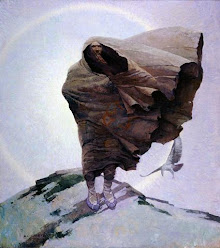














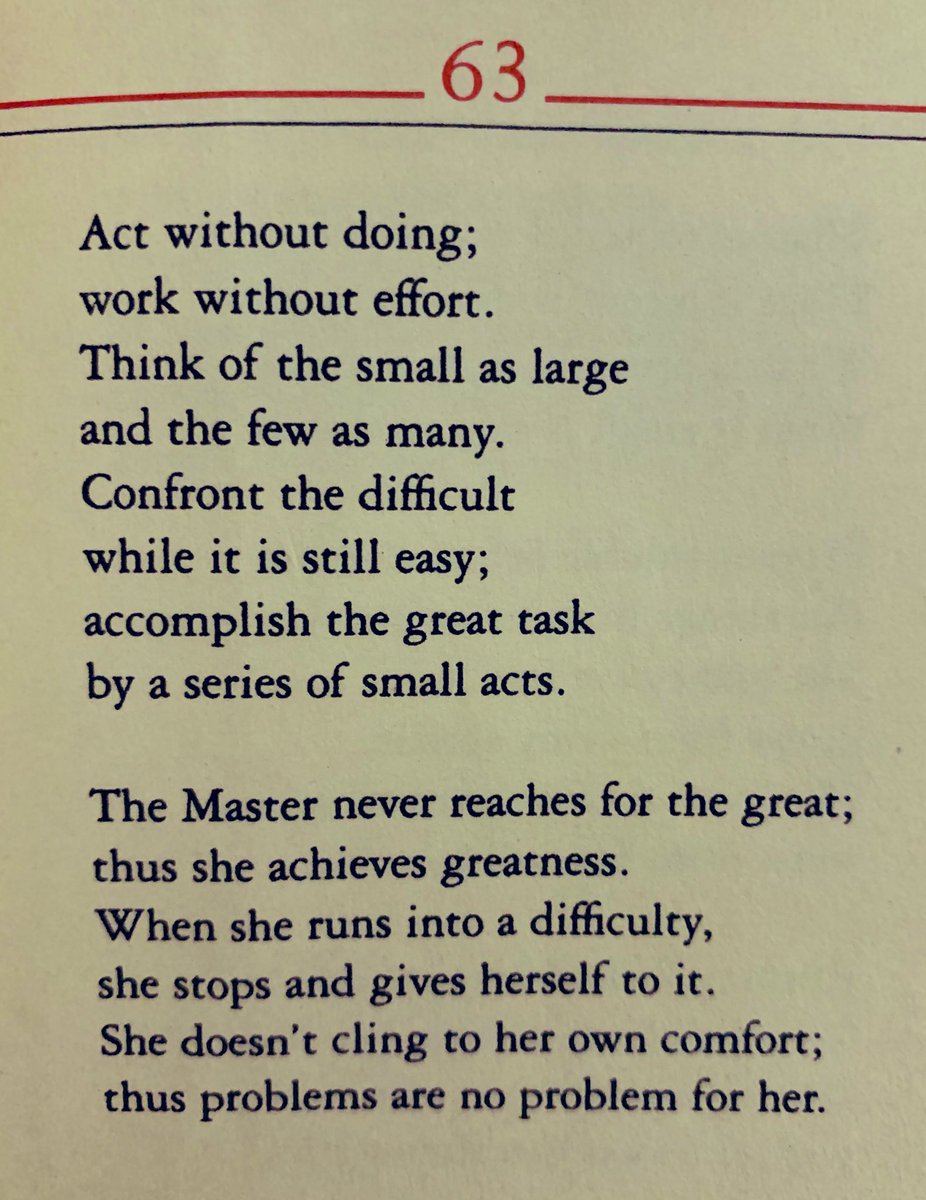









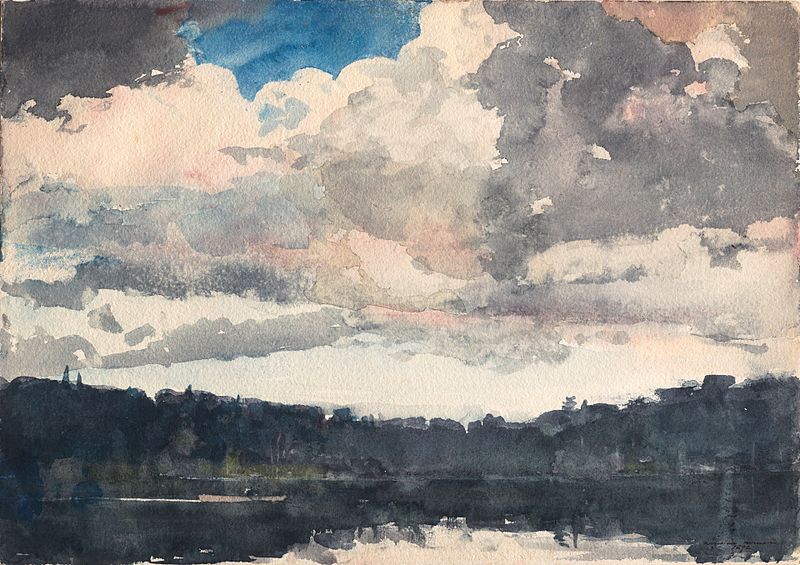





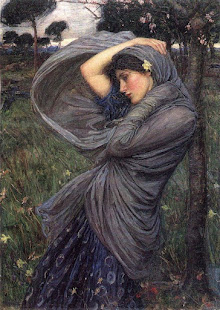
































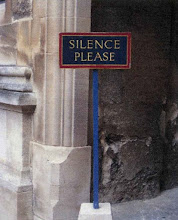











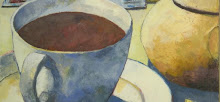
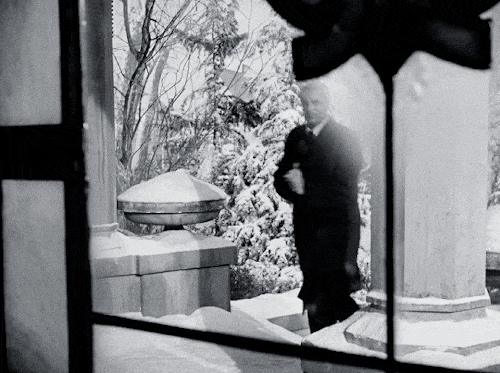

























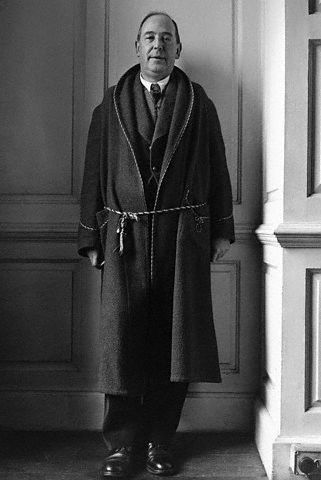



No comments:
Post a Comment